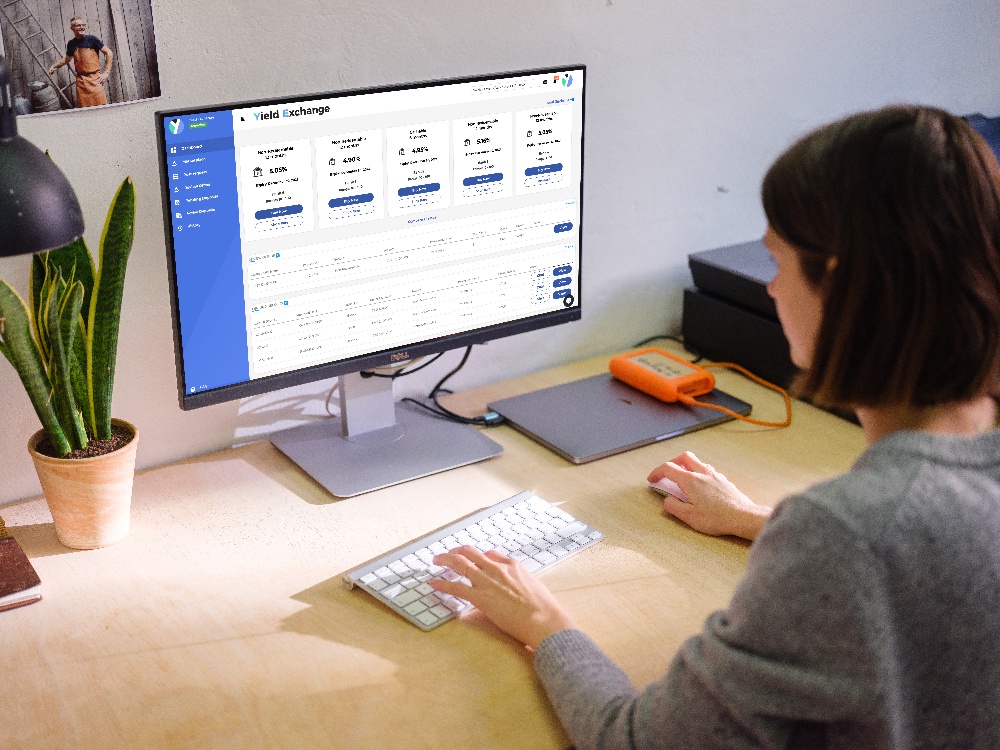Beyond Credit Ratings: 5 Factors to Consider for Diversification & Risk Mitigation
 Yvette Wu
·
2 minute read
Yvette Wu
·
2 minute read
There’s no denying the benefits of portfolio diversification, but choosing the right financial institutions can feel overwhelming.
This drives many decision-makers toward credit ratings. Assigned by third-party issuers, these “grades” are intended to tell us how financially sustainable an FI is — and don’t get us wrong, they are helpful indicators, but they shouldn’t be the only factor in choosing an FI.
Below, we explain where ratings alone fall short and share five other factors organizations can leverage to make informed investments and mitigate risk.
Where do credit ratings fall short?
First off, credit ratings don’t accurately reflect real-world risk. In the example of Silicon Valley Bank, we see an institution that had a triple-B rating and was the fourth-largest bank in the US ahead of its collapse.
Secondly, the credit rating process comes with a lag, meaning that a third-party rating may not accurately reflect real-time opportunity or risk. Ratings are determined by a committee and come with a level of tolerance for short-term flux that may not be aligned with your organization's risk tolerance.
Finally, by relying exclusively on highly rated institutions, you could miss out on valuable opportunities for diversification with smaller non-rated institutions.
Look beyond credit ratings
Below are five additional considerations for evaluating FIs:
1. Capital Adequacy Ratio
Capital adequacy ratio (CAR) measures an institution’s capital against the risk it takes on. In the event of a credit crisis or market disruption, institutions with a low ratio may need to act more swiftly and dramatically to remain stable and mitigate risk - many regulators require the minimum CAR to be 10.5% under BASEL III.
2. Liquidity Ratio
An institution’s liquidity ratio compares liquid assets against all of the deposits and loans it carries. An FI with a high ratio of liquid assets is more prepared to pay its depositors and borrowers back. That said, a high liquidity ratio often comes with a lower potential for profit.
3. Deposit Insurance
One of the more obvious considerations on this list, deposit insurance can help you predict what might happen in the unusual (but not impossible) event of institution collapse, and better assess your overall risk.
4. Geographic Risk
Geographic risk is also important to consider. While keeping money local is a common investment instinct, you actually may decrease your vulnerability to regional economic flux by investing with FIs with a wider geographical spread.
5. Historical Profitability
By examining historical profitability fluctuations year over year, you will gain a better understanding of an institution’s ability to manage economic changes, giving you better insight into what might unfold.
Streamlining assessment
While there are other factors to consider in your evaluation, this is a great starting point. The measures above will help you move beyond ratings and toward better-informed investments.
If you’d like to streamline your comparison process, you can lean into free platforms like Yield Exchange which provides an easy way to diversify your portfolio.



